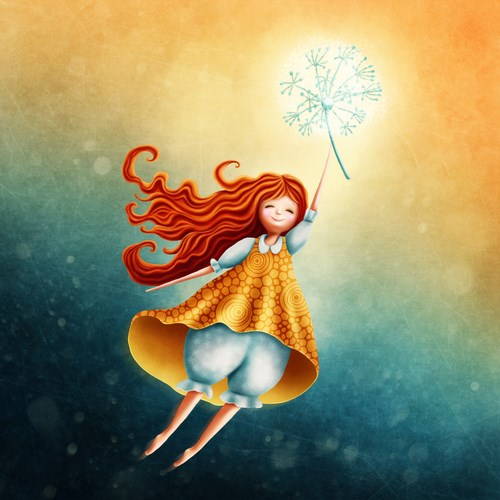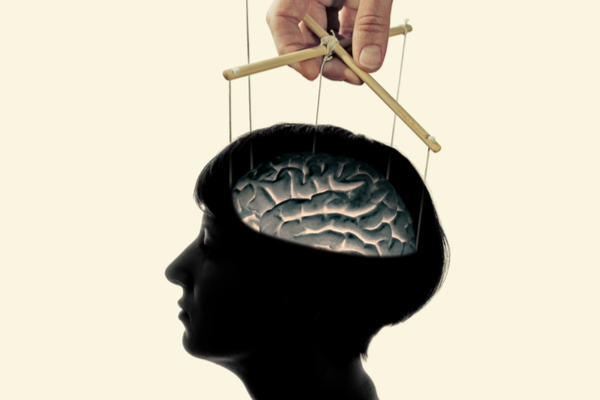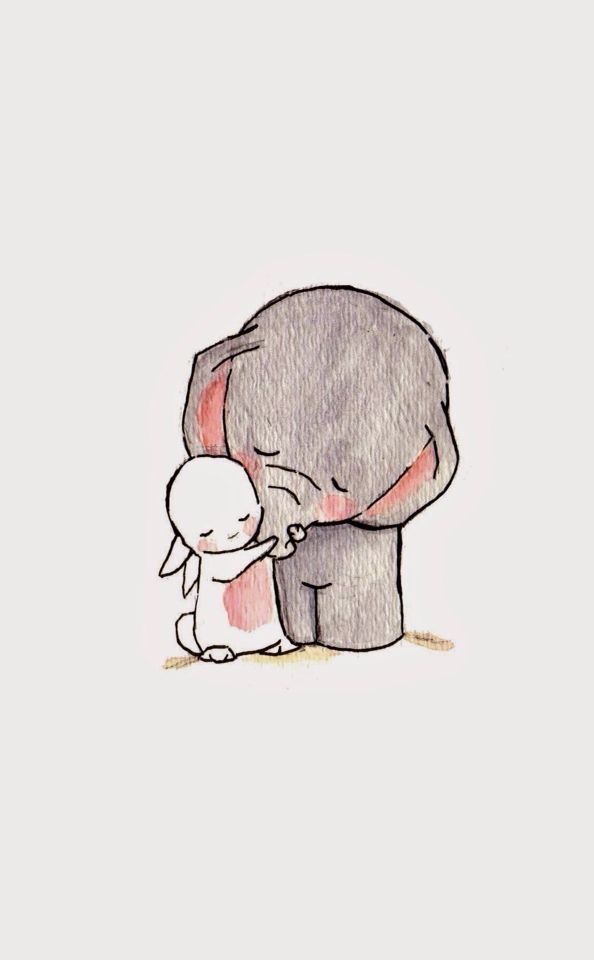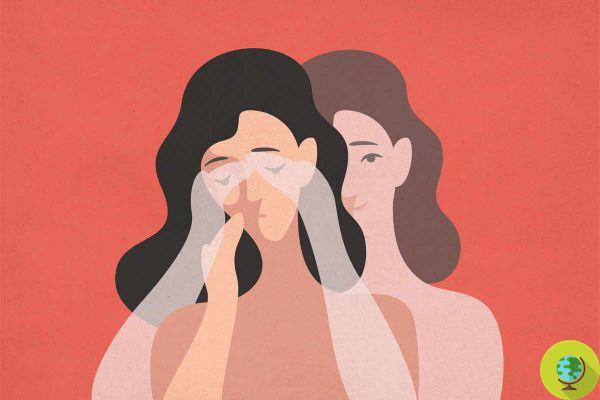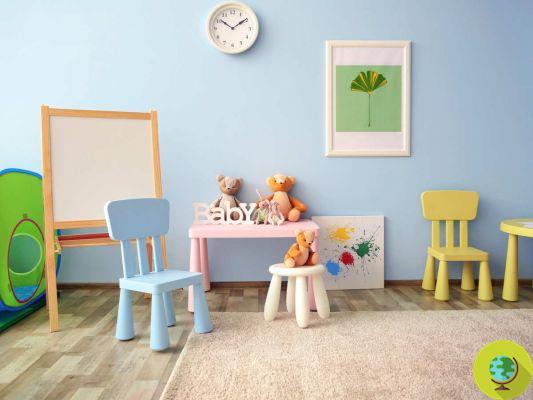
The targeted use of colors with children, to promote learning and memory. The effectiveness proven by scientific studies.
Do not store avocado like this: it is dangerous The targeted use of colors with children, to promote learning and memory. The effectiveness proven by scientific studies.Red is stimulating and, at the same time, a warning sign. Green helps rebalance while blue promotes clear communication. The "power" of colors is not a new thing: it has always been applied, in the last decades chromotherapy it is one of the sweet techniques, perhaps the "sweetest" of the large group of holistic medicines. It acts on the physical, emotional and mental aspects. And that it is not "fresh water" is also shown by various scientific studies. Like - for example - the one, very recent in 2014 by Maryam Ajilian Abbasi published on‘International Journal of Pediatrics, which deepens theuse of colors in furnishing children's rooms.
In summary, the warning that emerges is: when choosing the colors to use for the rooms in the house, it is important - first - to think about the mood you want to create and if you want something that inspires lightness, airiness or intimacy, hospitality. .
When approaching the psychology of colors it is good to know that each color has its own value and resonance with our body, due both to its frequency and wavelength, therefore biologically innate, and to its cultural value. Color is always perceived, consciously or not, and induces an influence that also depends, however, on the context (the crackling red of a fire in the fireplace will induce relaxation and the feeling of welcome; in the woods, if you have the perception that can become uncontrolled, the feelings will be of fear.
With children, colors are extremely effective (they have less conditioning than adults, their energy body has undergone less disharmonic stresses from the environment, wrong diet, drugs, false beliefs, etc.); the effect is immediate, more easily observable: it ranges from the improvement of emotional development, to a decrease in tension and aggression, facilitation and improvement of sleep, reduction of the noise "produced" and - very interesting - with the targeted use of colors the children were also able to better organize their thoughts (with therefore an influence on cognitive functioning).
In general the rule is: for i very young children, avoid strong colors or strong contrasts, gray or black spots; green light for pastel shades. "Babies are much happier surrounded by these shades that are soothing and relaxing": says a color scholar, June McLeod. If you want to get out of pink or blue, pale lilac will be perfect, suitable for both sexes and with a calming effect. Coral, peach, pink on the ceiling will give the child the feeling of a safe and protected space.
The primary colors, the more lively and stimulating shades may be present but in the games and furnishing elements that are soft in the materials or in the shape: this type of information is in fact useful as a solicitation but must be dosed for short moments and must be "hidden / modified ”To have a more restful atmosphere, for quiet moments.
As they grow, you can increase the amount of light and strength of the colors (although more sensitive or shy children will prefer, they will find themselves better in more nuanced shades).
As for the study: in general it will be better to avoid very defined geometric designs on the walls, because they are distracting; the shades of blue instead, they facilitate learning and can be combined with cream tones, with amounts of orange-yellow, which also create the right energy to stimulate the mental process, of thought (be careful to avoid the “acid” nuances that can cause headaches and irritability). Coral red, blue-violet they are perfect for areas dedicated to socializing: they create inspiration and imaginative play; purple, in particular, stimulates both cerebral hemispheres: small doses of this color improve and make the works produced by children more original.
In general, children's memory and study are influenced by these colors:
- the blue: enhances creativity and stimulates a cool and relaxing environment. It doesn't take much: it can have depressive effects, evoke feelings of sadness;
- the Red: it is the color of passion and strong feelings of threat, love or excess of stimulus. In school environments it can be used in combination with other colors because it helps in detailed and repetitive activities; to be avoided at home (apart from small spots of this color);
- the yellow: for children, and not only, it is the color of happiness and the sun; stimulates intelligence but must not be in excess, so as not to stress and overstress;
- the green: it is the color of abundance; perfect for relaxing, it also helps health;
- pink: calming, can lower heart rate;
- purple: urges reflection, creative thinking and logic;
- the Orange: many schools use it as it would increase critical thinking and memory and, in general, school performance.
In short, green light for colors. With respect and attention to the ages and features that we want to encourage in children.











